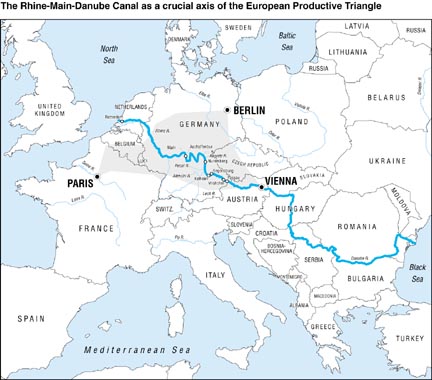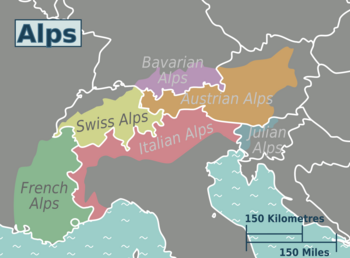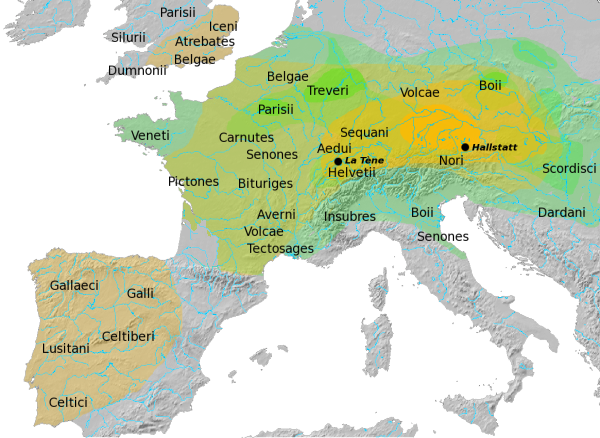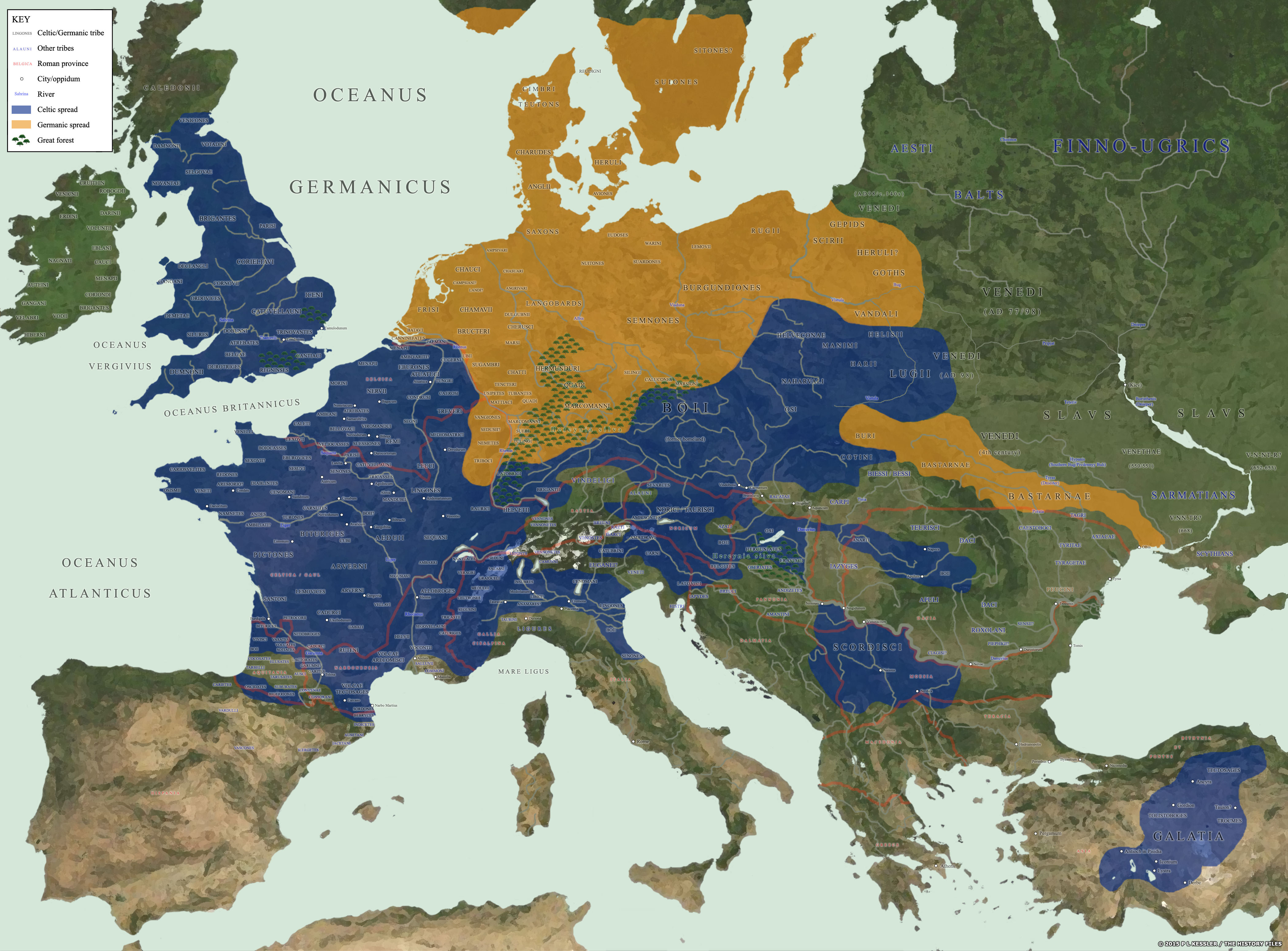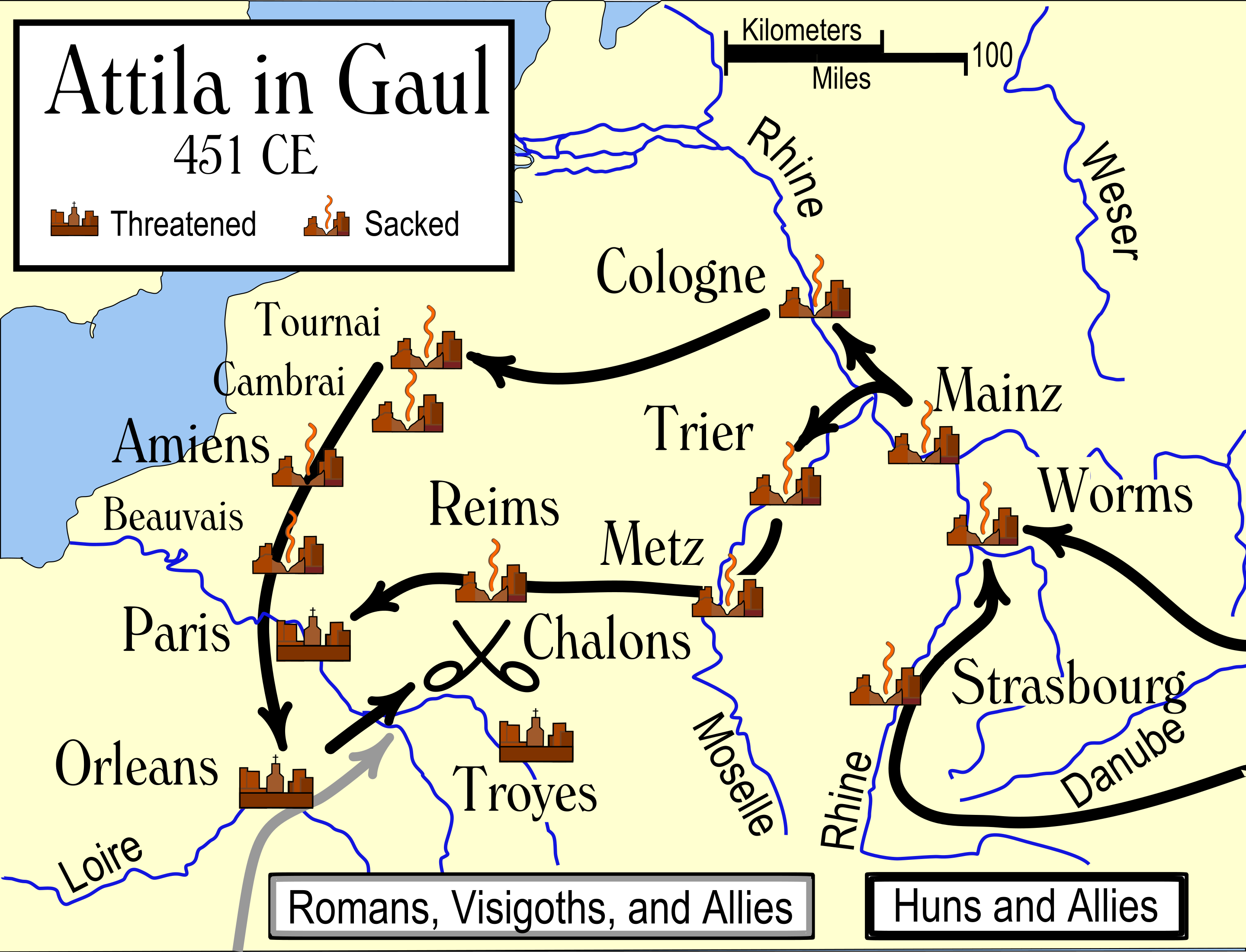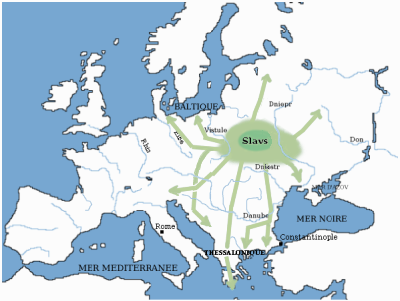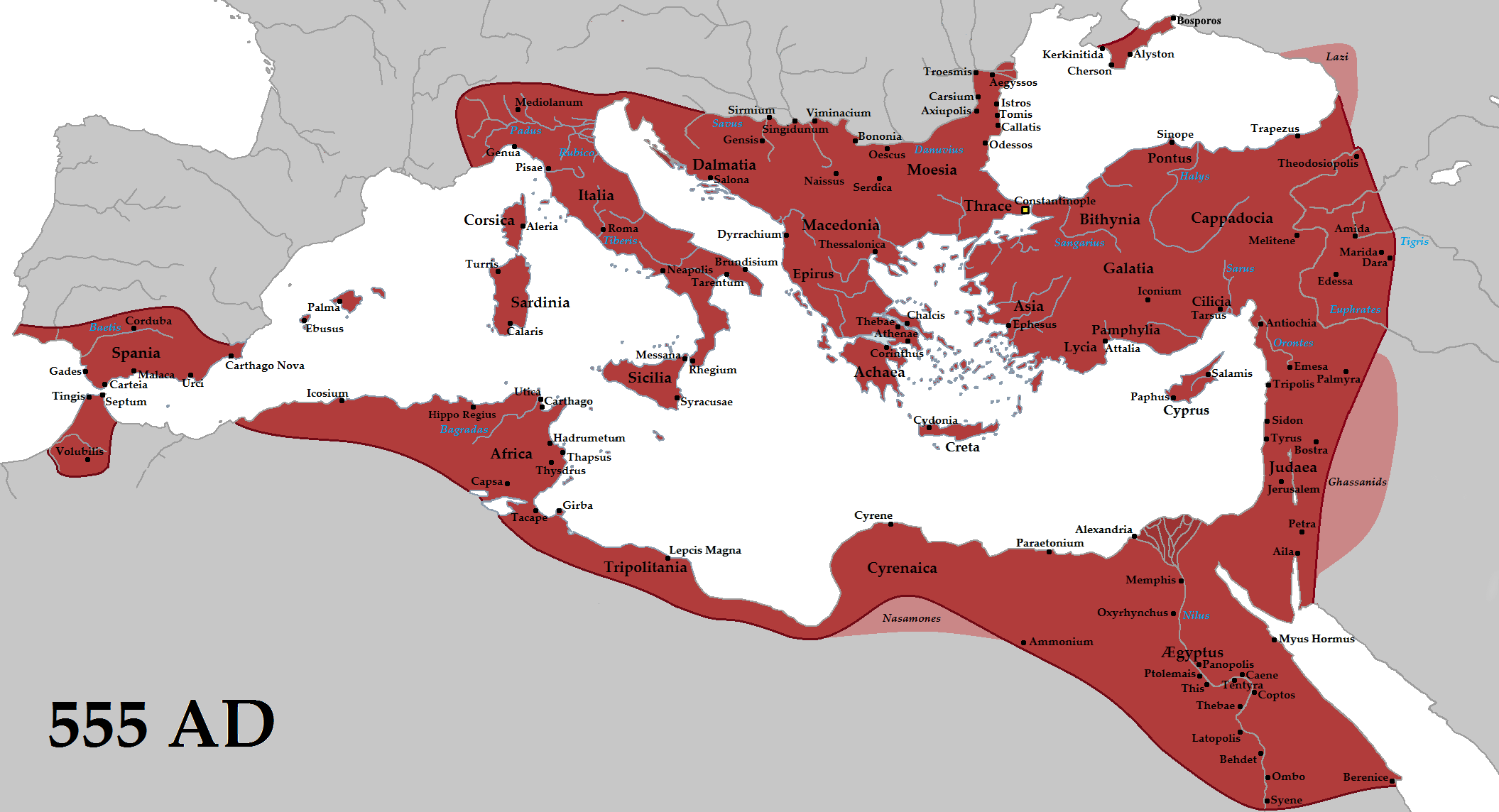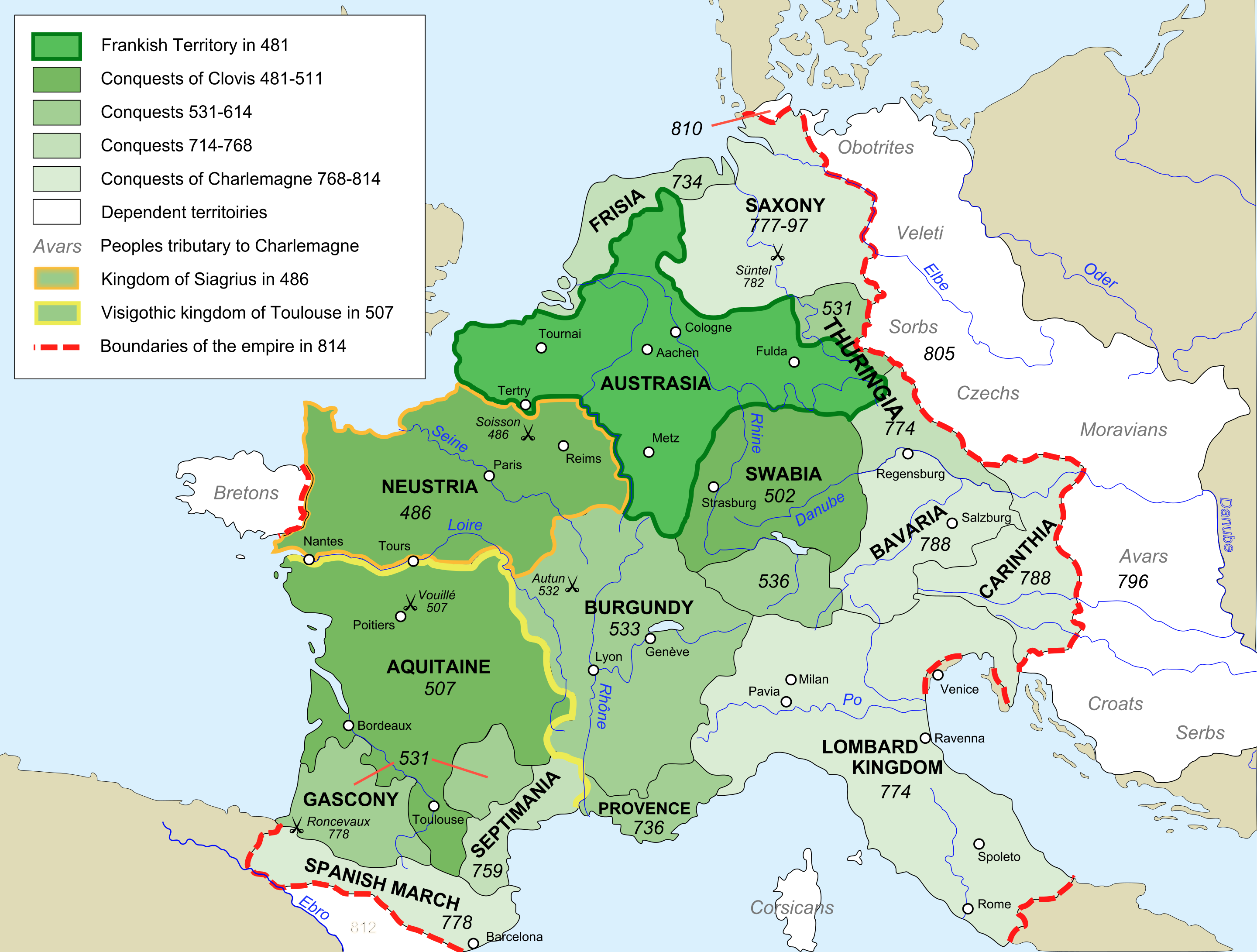I find these people fascinating, unique-looking and with a distinctive culture in Europe.
The Finno-ugric are not just homogenous. They speak many languages such as the Khanty, Mansi, Hungarians, Maris, Mordvins, Sami, Estonians, Karelians, Finns, Udmurts,and Komis.
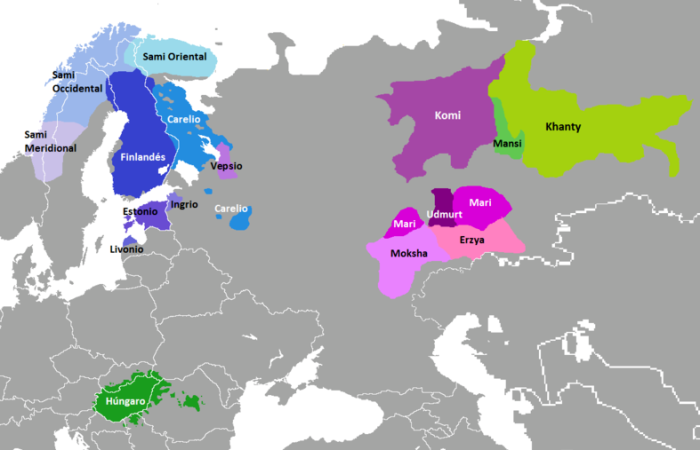
And some pictures :
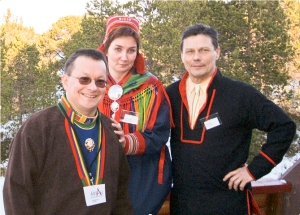 - Sami people
- Sami people
 - Hungarian
- Hungarian
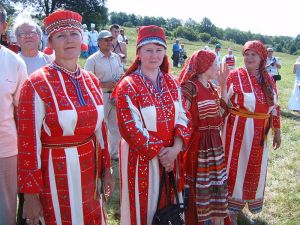 -Mordvin women
-Mordvin women
 -A finnish girl (damn that cute girl
-A finnish girl (damn that cute girl  )
)
 -Estonian
-Estonian
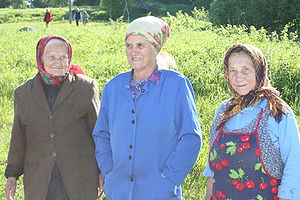 -Karelian women
-Karelian women
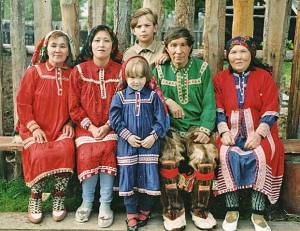 -Khanty family
-Khanty family
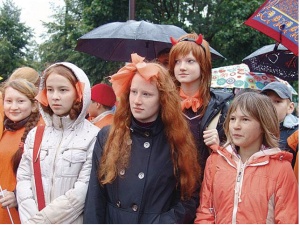 -Udmurts people
-Udmurts people
And i found many other interessing stuff about these people. They are like the Amerindians of Europe but they are not native to Europe most of them But their culture is so different than the South and West Europeans
But their culture is so different than the South and West Europeans
The Finno-ugric are not just homogenous. They speak many languages such as the Khanty, Mansi, Hungarians, Maris, Mordvins, Sami, Estonians, Karelians, Finns, Udmurts,and Komis.

And some pictures :




 )
)



And i found many other interessing stuff about these people. They are like the Amerindians of Europe but they are not native to Europe most of them
 But their culture is so different than the South and West Europeans
But their culture is so different than the South and West Europeans

